Energy drink Red Bull
When the drink was introduced to the wider market, its main competitors were Coca-Cola and Pepsi. Everyone had the same concept: they toned and stimulated. 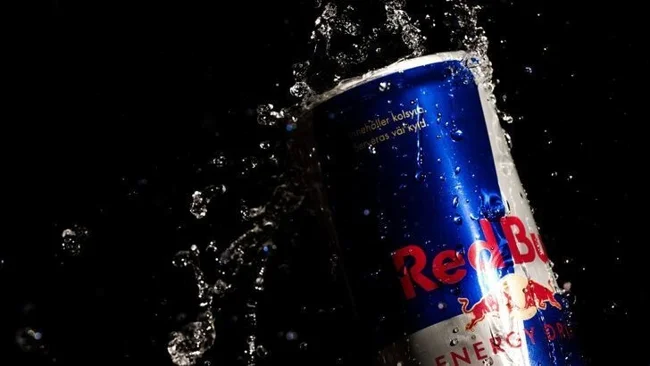
Then Dietrich Mateschitz took a risky step: he artificially increased the price by 2 times compared to competitors, reduced the volume of containers shaped like a battery, and began placing cans in stores not in the beverage departments, but in any others.
Taxi Mike 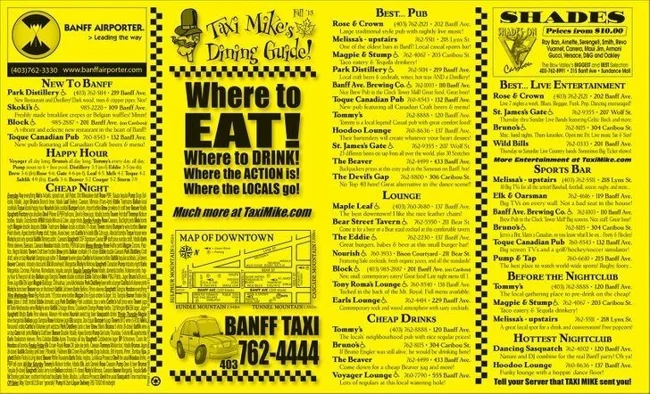
A striking example of incredibly simple and effective marketing is the promotion of the Canadian taxi Mike. Instead of publishing brochures about himself, Mike publishes real guides to cafes, bars and other establishments of the city. That is, to all those entertainment places that Mike will help you get to.
HBO television channel 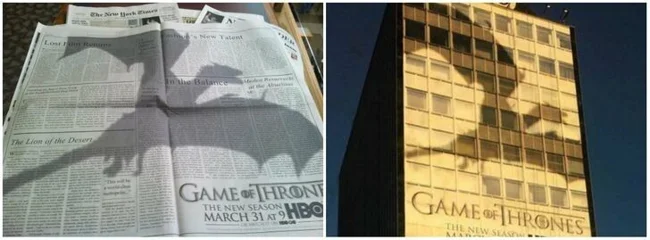
HBO's marketing campaign for Game of Thrones Season 3 was thoughtful, consistent, and ambitious. The main theme of the new season was the large shadow of a dragon, which caught people's eyes over and over again. First on the covers of magazines, then on the pages of newspapers, it was even projected onto buildings, creating a sense of the reality of what was happening. Thus, it was simply impossible not to think about the dragon and not wait for the release of the new season.
Marlboro cigarettes 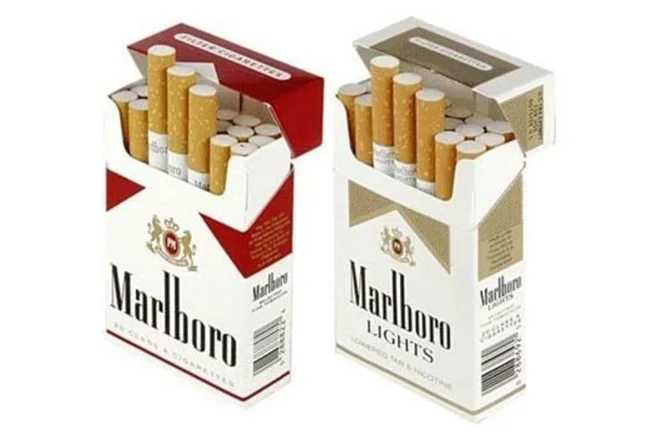
Packs of thick cardboard with a hinged top lid, which are now the standard for cigarette packaging, were invented by Marlboro. And not for the purpose of innovation or demonstration of design ideas. And strictly for advertising purposes - to make Marlboro smokers a walking channel of communication.
The whole point was that consumers took cigarettes out of soft packs without taking them out of their pockets, which means that others did not see the brand. Unacceptable disgrace!
Flip tops - that's what the current cigarette packs are called - had to be taken out, but new ones always attract attention.
Manufacturer of furniture and home goods IKEA
The curved paths along which you have to walk around the entire store were invented for a reason. Walking through them in this way, you see each product at least 3 times, and from different sides. Subconsciously, this increases your desire to buy the product, even if you didn’t need it in the first place.
Harley-Davidson motorcycles 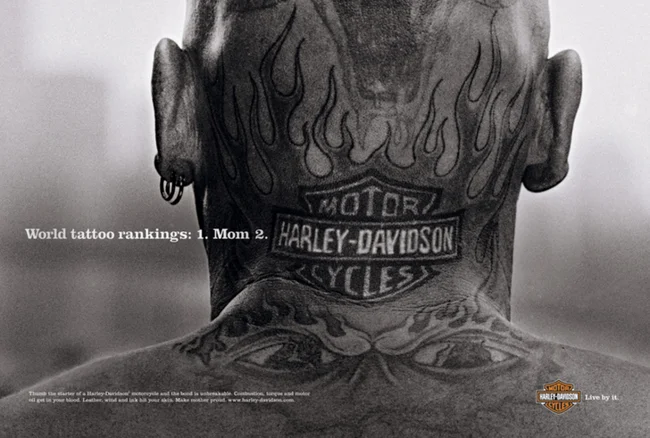
The manufacturer of the most famous bikes in the world has held 1st place in the number of “branded” tattoos for decades. It all started with Harley announcing impressive discounts on bikes for those who come to buy a motorcycle with a tattoo of their logo.
Medicine Alka-Seltzer
In the 60s, in order to double its sales, the manufacturer Alka-Seltzer came up with a simple thing: in an advertising video they began to throw not one, as before, but two tablets of the drug into a glass of water. It worked.
There is a similar story about a brilliant marketer who decided to indicate in the instructions for using shampoo that it should be applied to the hair twice and then rinsed off. This ploy also resulted in double sales. Well, remember the commercials for chewing gum in pads. How many pillows do advertising characters put in their mouths? That's it.
Pampers diapers
Leading chemist-technologist at Procter & Gamble, Victor Mills, who helped his daughter care for her children, had to repeatedly pull out wet diapers from under his own grandchildren, wash and dry them. Of course, he didn’t like the process, and he wanted to somehow make his life easier. Then the idea of a disposable “diaper” came to mind. After several experiments with different materials, Mills developed a new product for P&G, which they began to produce under the Pampers brand, which became a household name.
Snickers chocolate bar
The first Snickers chocolate bars appeared in 1992 as a snack that replaced a full meal. For a long time, the former Soviet consumer could not get used to the fact that he could eat chocolate for lunch instead of soup, and bought Snickers as a “sweet for tea.” After the BBDO Moscow agency took over the creative servicing of the brand, Snickers was already identified as a delicacy for teenagers, who for the most part love sweets and do not like soup.
Starbucks coffee shop
Not long ago, Seattle's best, a coffee chain competing with Starbucks, appeared in the United States. She began to position herself as a “non-Starbucks”, doing everything in reverse: not the same coffee, not the same furniture, not the same music, not the same atmosphere, not the same service. The coffee shop attracted those customers who somehow did not like Starbucks.
And the Starbucks chain did an incredibly simple thing: it simply bought a competitor that was interfering with it. And this is a completely expected move. But after the purchase, Starbucks did not close the coffee shops. Rather, on the contrary, he began to make everything in it even more different from Starbucks, intensifying the competition between these two brands even more.
As a result, people who liked Starbucks would go to Starbucks and take money to its cash register. And those who didn’t like this coffee shop went to Seattle’s best - and also took money to the cash register... Starbucks. In this way, the company not only coped with the flow of part of its customer audience to a competitor, but also captured an additional audience of Starbucks haters that it would never have received otherwise.
0 comments
